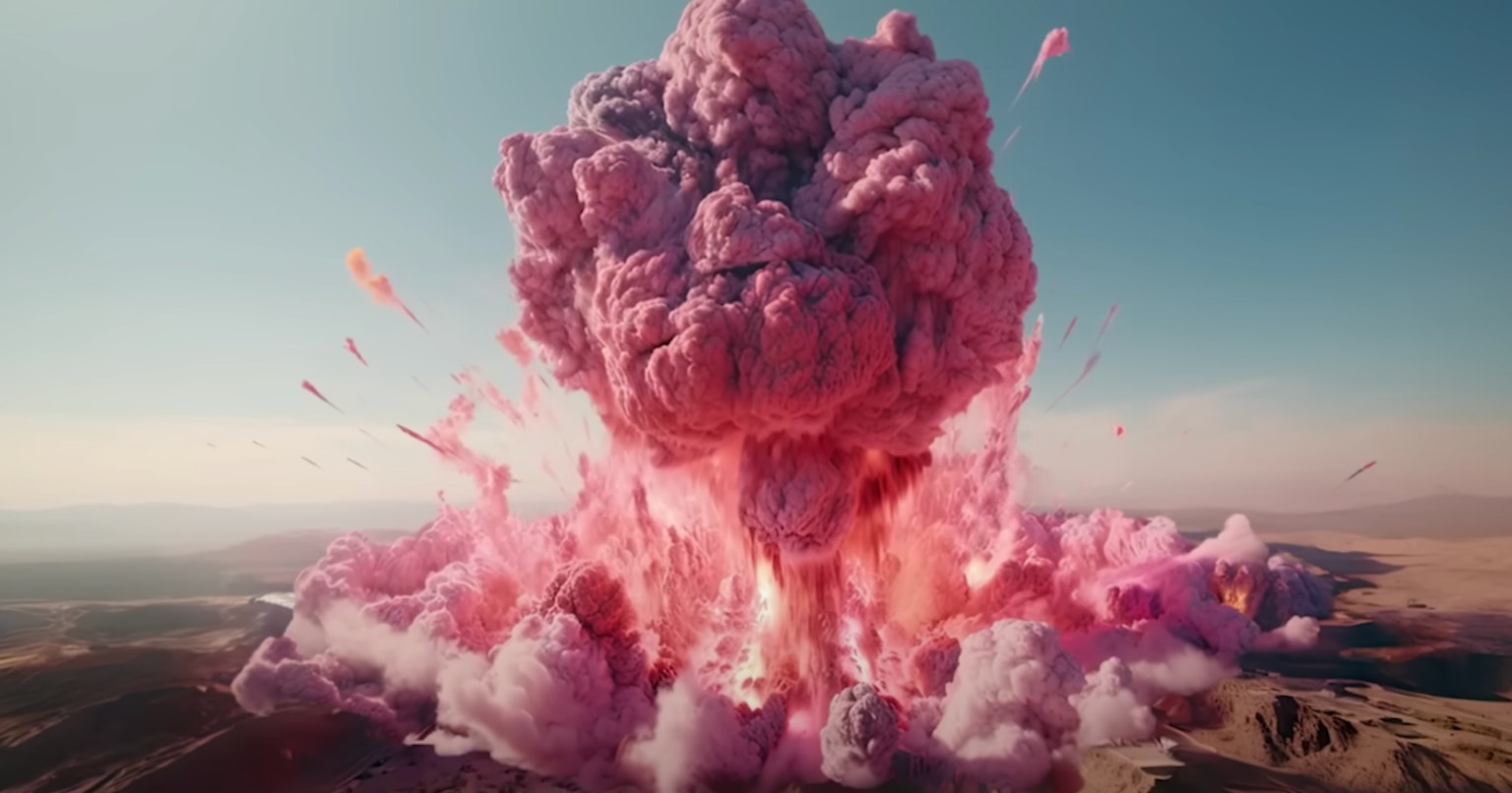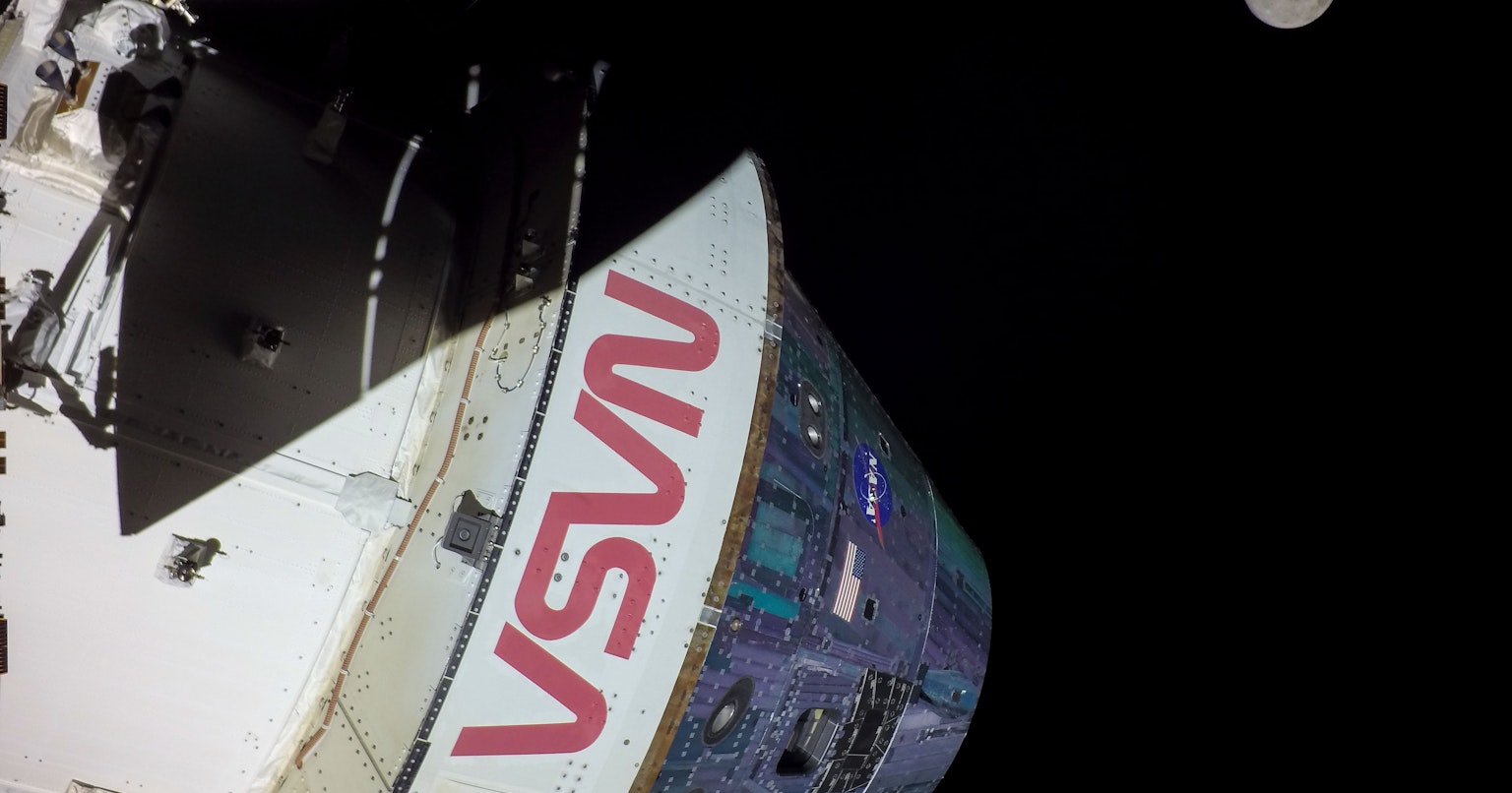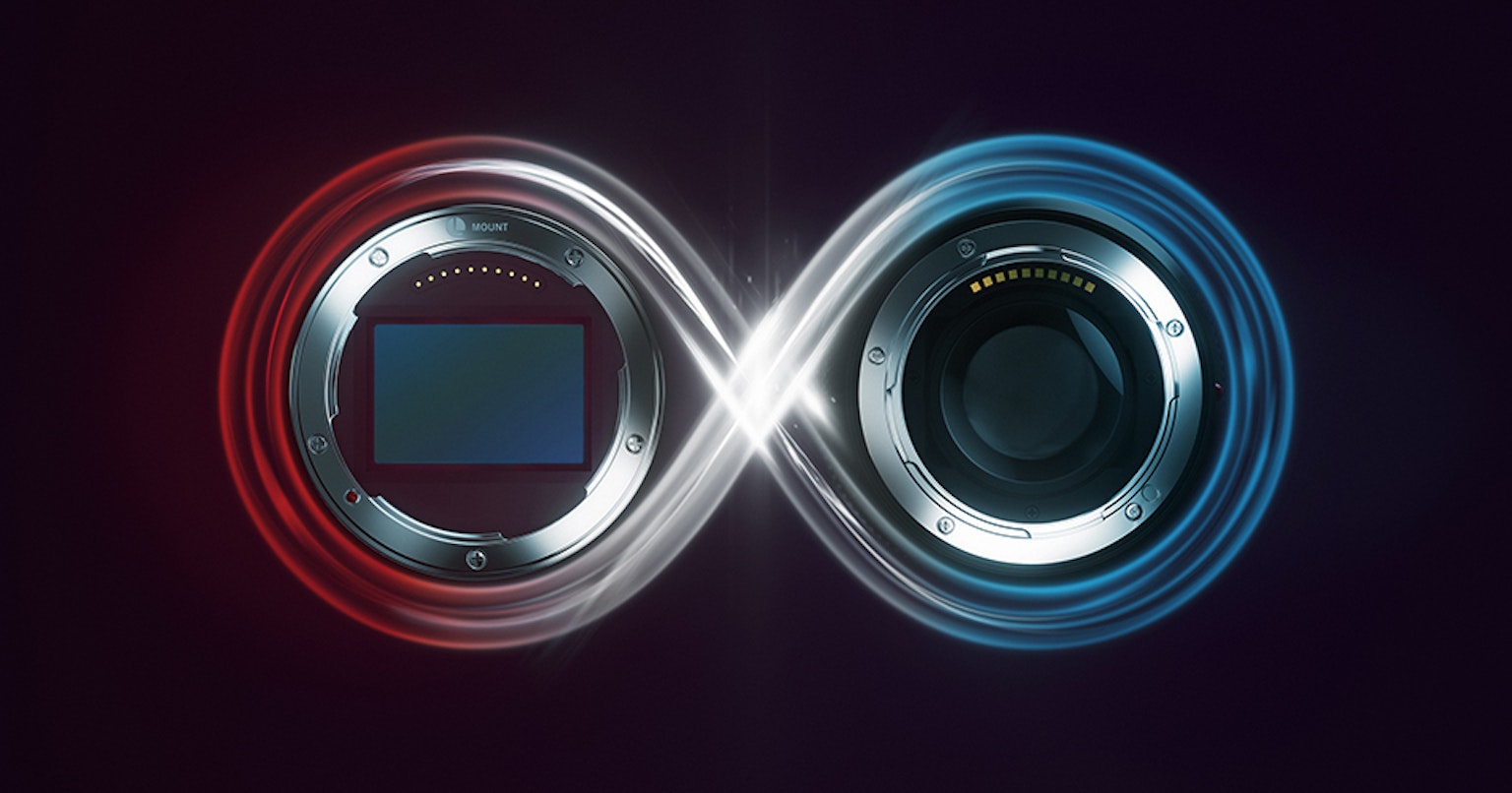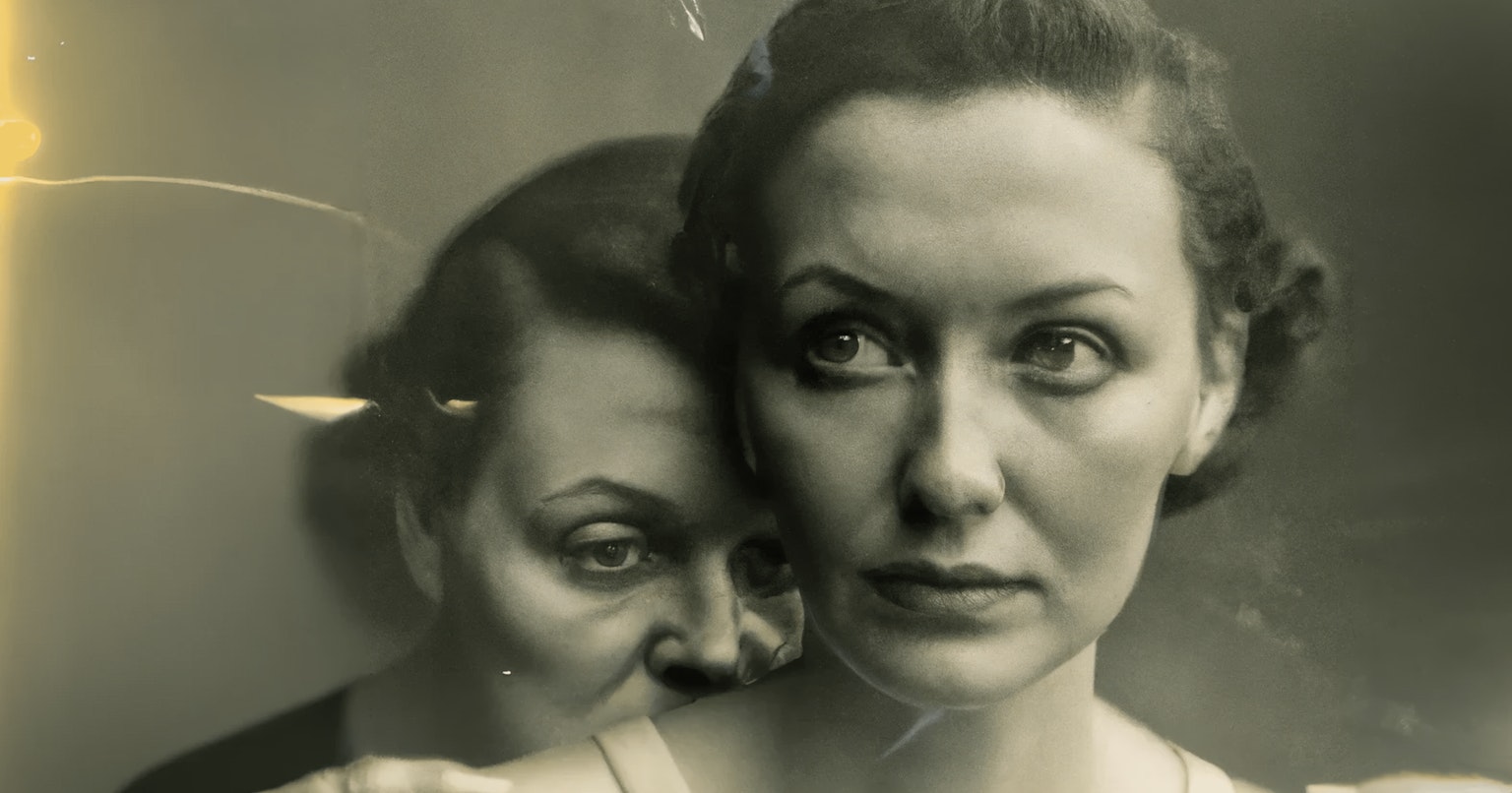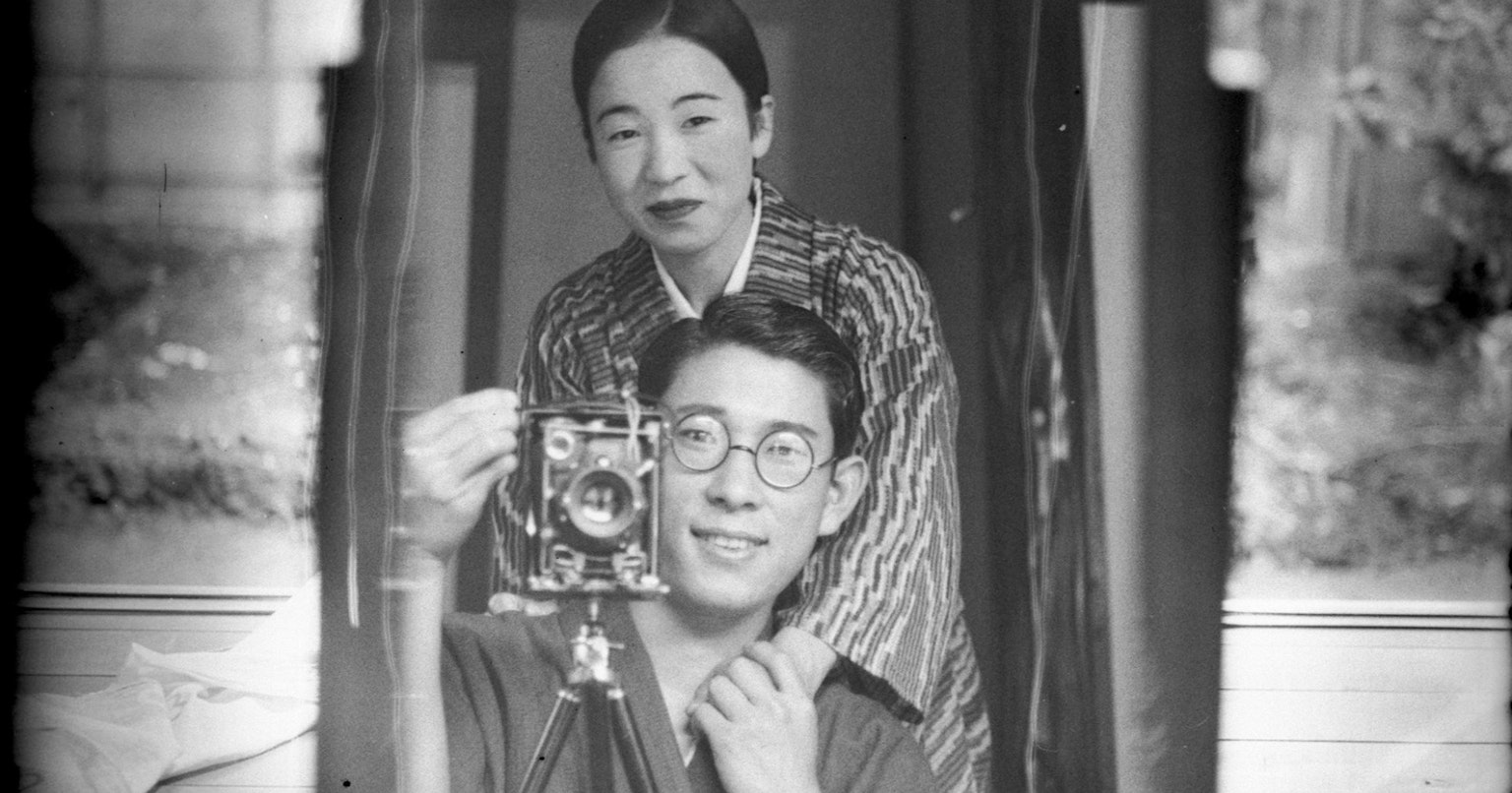
When do you usually take selfies? Our editorial team members capture selfies during special moments, such as reuniting with friends after a long time or saying goodbye after a fun time with a beer in hand. Posting selfies on social media and reflecting on them like a diary is a common practice for many people.
It might be interesting to consider the meaning of these seemingly ordinary selfies as photographs.
The Oldest Existing Selfie
A brief history lesson.
The oldest existing selfie is a self-portrait photograph taken by Robert Cornelius in 1839. This photo was captured using the daguerreotype process, a photographic technique of that era. Due to its uniqueness and historical significance, this work is recognized as the origin of selfies.
In 1839, the photographic technology required long exposure times, making self-portrait photography extremely challenging. Given these technical limitations, taking a photograph was considered an event, and the experience of photographing oneself was likely seen as novel.
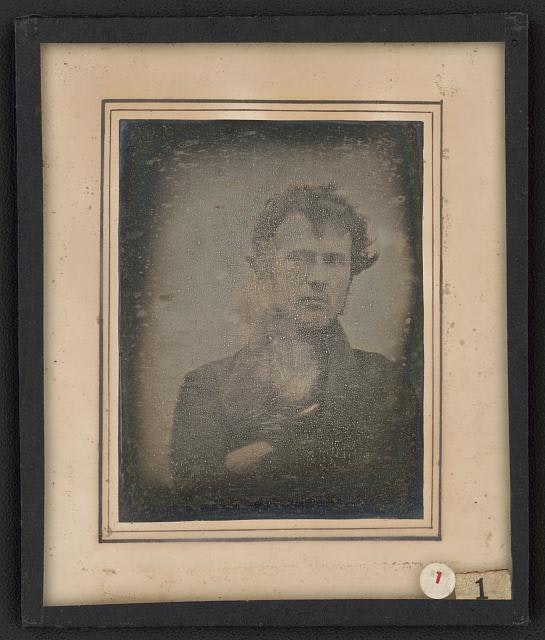
©︎ Cornelius, Robert, 1809-1893 'Self-Portrait by Robert Cornelius'
The Inevitable Miniaturization of Cameras
In the early days, photography itself was a major event. However, with the development of 35mm film and the subsequent miniaturization of cameras, photography became a medium that could be captured and recorded anytime, anywhere. The emergence of photographers like Henri Cartier-Bresson, the author of 'The Decisive Moment', was accompanied by these changes in camera technology. Photography offered a new, innovative medium that allowed people in the 20th century to capture moments from perspectives they had never experienced before.
Did Selfie Compositions Using Mirror Reflections Exist Since the 1940s?
Standing in front of a mirror and taking a photo of your reflection with a smartphone. Capturing yourself to preserve your daily outfits or expressions. This approach to photography has actually been around for a long time.
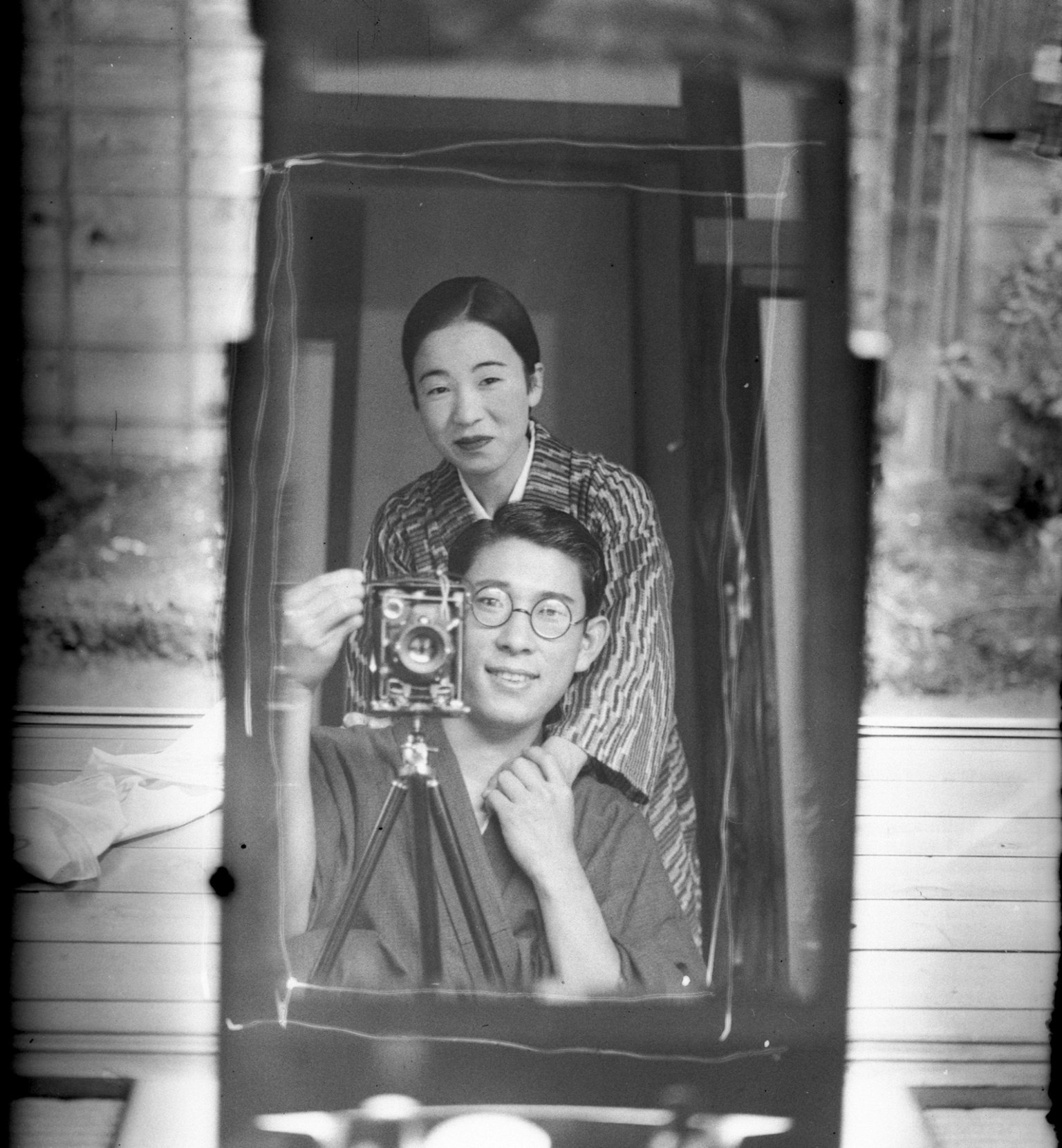
Photographer Unknown
This photo, believed to have been taken in the 1940s, shows a film SLR camera set up in front of a mirror to capture a photo of oneself with a partner. Although it may not be a daily occurrence like with today's smartphones, it suggests that as camera technology evolved, photography became a more everyday medium, and the meaning of taking photos also changed.
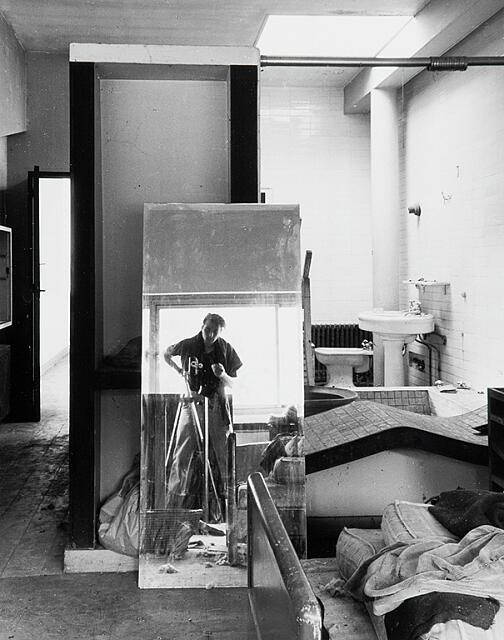
©︎ Balthazar Korab Studios, Ltd
Posing in front of a mirror. This can be considered a type of selfie approach. Exploring identity through photography, much like a self-portrait. From this time, the sense of leaving and expressing oneself through photography began to emerge.
Selfies Become a Cultural Phenomenon with Social Media
The new perceptual experience of selfies holds deep meaning as a way for individuals to express themselves through photography. From the film era to digital, selfies now allow the photographer to check their expression and pose on a smartphone monitor while shooting. Utilizing social media to share and mutually confirm these photos has further encouraged self-expansion.
The Unchanging Impulse for Self-Expression
How was it? Selfies have become ingrained in our daily lives, serving as a means to record and share special moments and everyday trivialities unconsciously. However, the birth of selfies required inevitable advancements in camera technology. The desire for self-expression through preserved photos remains largely unchanged from 100 years ago, which is both fascinating and heartwarming.
Surely, as technology continues to evolve and society changes, the ways we express ourselves will also change. Although we may not notice it, technology has provided us with new means for self-understanding and self-expression.
